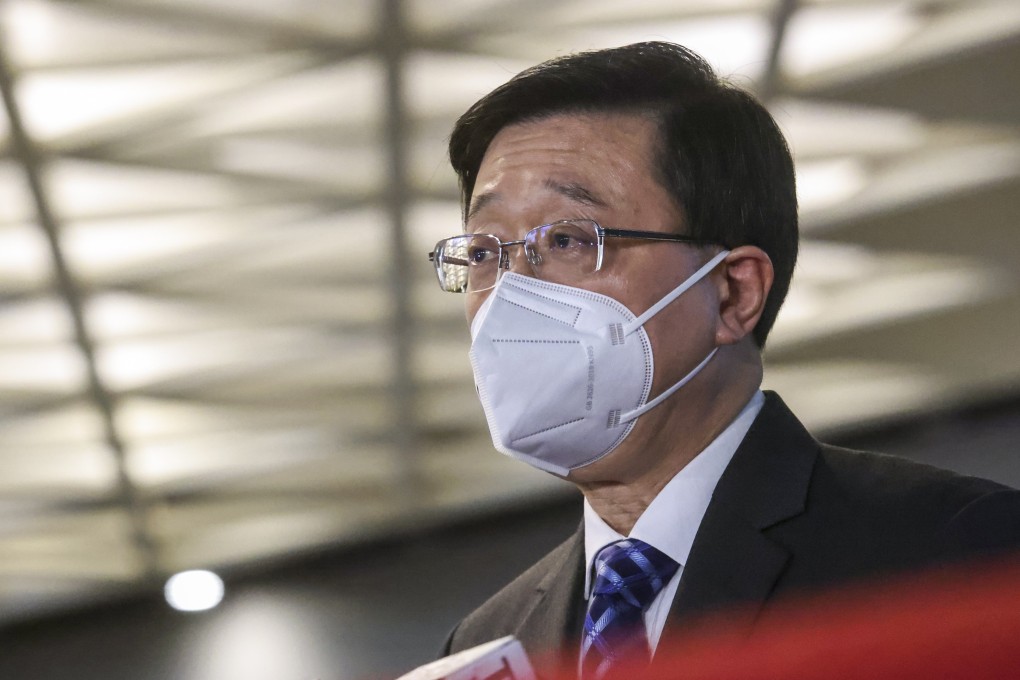Hong Kong leader John Lee to head command structure to coordinate 13 task forces against rise in coronavirus cases
- Lee vows new command structure will ‘achieve greatest effects with lowest costs’ in bid to limit impact on residents’ lives
- Head of a government vaccine committee voices support for lowering minimum age for receiving coronavirus jabs in Hong Kong ahead of meeting on matter next week

Hong Kong leader John Lee Ka-chiu will head a new command structure to coordinate 13 government task forces in an effort to contain a recent rise in coronavirus cases, vowing to “achieve the greatest effects with the lowest costs”.
Chaired by Lee, the committee will include the chief secretary, his deputy, as well as the ministers for health, civil service, environment and ecology, and home and youth affairs, in addition to other top officials.
Lee expressed hope that the new group would “achieve the greatest effects with the lowest costs, thereby protecting the lives and health of residents while minimising the impact on normal social activities”, adding he planned to ensure effective coordination between government bureaus.
Hong Kong continues to struggle with rising Covid-19 infections, although the pace of increase has slowed somewhat in the past week, compared to previous ones. Health authorities reported 4,886 new cases, 248 of which were imported, and five additional deaths on Thursday. The city’s Covid-19 tally stands at 1,339,793 cases, with 9,492 related fatalities.
A command structure office, headed by the health chief, will study, recommend and take forward anti-epidemic proposals and measures. Secretary for Health Lo Chung-mau will also be responsible for liaising with different bureaus and departments to “solve problems together”.